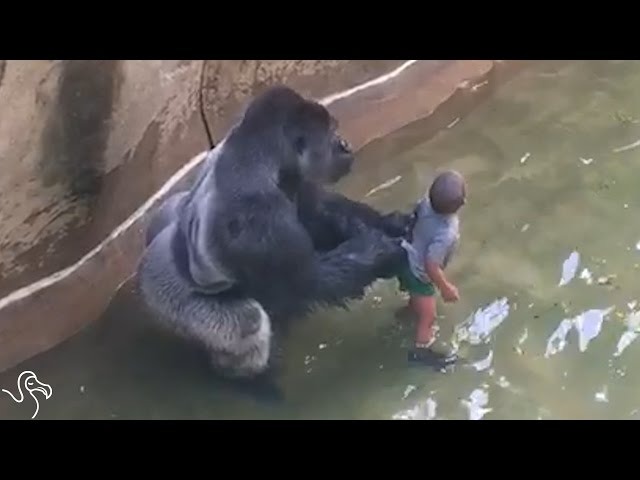The tragic death of Harambe, a 17-year-old gorilla at the Cincinnati Zoo in 2016, sparked worldwide debate about zoo safety, animal behavior, and human responsibility. A young boy had climbed into the enclosure, and in the chaotic moments that followed, zoo staff made the decision to fatally shoot Harambe to protect the child.
Experts remain divided. Primatologists suggest Harambe may have been trying to protect the boy, not harm him. Others argue lethal force was necessary, as tranquilizers take time to work and might not have acted fast enough.

The incident raised deeper questions: Should powerful animals like gorillas be kept in captivity? Could enclosure designs or public awareness have prevented this?
Nearly a decade later, Harambe’s death continues to shape conversations around conservation, ethical zoo practices, and our shared responsibility toward animals and their environments.





